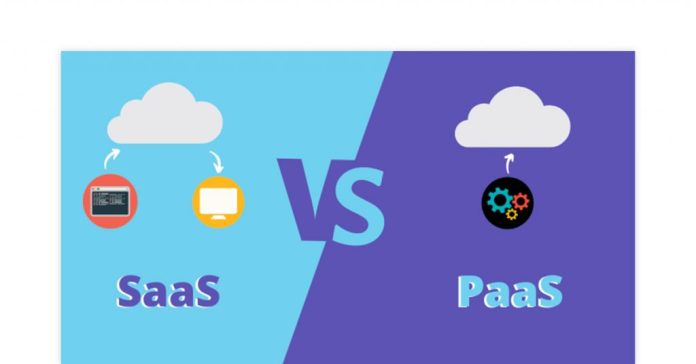The two terms, Platform as a Service and Software as a Service are used interchangeably, but later on, in this article, you’ll see that they’re not the same.
While both PaaS and SaaS have their benefits, it’s up to you to decide what type of business you want to run.
What are the differences between PaaS and SaaS?
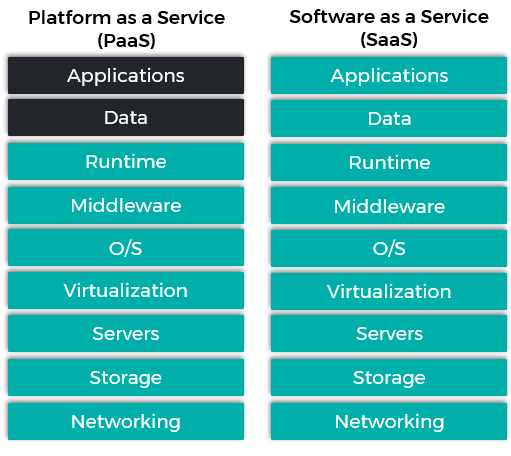
PaaS is a cloud-based platform as a service that allows users to build, deploy and run applications on the web.
SaaS, on the other hand, is a software as a service offered by cloud-based providers that provides an online platform for the management of applications and services.
PaaS essentially enhances the functionality of SaaS in that it automates many of the process steps typically needed to deploy and manage applications, such as provisioning resources, managing security, and monitoring performance.
Additionally, PaaS platforms offer developers the ability to write once and deploy anywhere, which can be especially beneficial for rapidly expanding businesses.
What is a Platform as a Service?

Platform as a service (PaaS) is a cloud computing model that enables developers to build, deploy and run applications on a platform provided by the provider.
This contrasts with Software as a service (SaaS), which allows users to access and use applications hosted by the provider on their own devices.
PaaS is often used for creating more controllable and scalable applications, while SaaS is more commonly used for faster turnaround times and lower costs.
PaaS providers also offer various features that can streamline development, such as code repositories, Continuous Integration/Continuous Deployment tools, and automated management systems.
In addition, PaaS providers can provide analytics that can help administrators identify and fix problems in applications faster.
What is Software as a Service?

Software as a Service, or SaaS, is a delivery model for software that allows customers to access and use the software over the Internet.
It contrasts with traditional software delivery models in which software is delivered to users on a device they own, typically using installation instructions provided by the vendor.
In contrast, SaaS is delivered through a web browser or other application interface.
Compared to traditional software delivery models, the main benefits of SaaS are that it is easier to scale and manage because the customer does not have to install or maintain the software.
In addition, SaaS provides an ongoing revenue stream in the form of subscription fees or usage charges.
How do PaaS and SaaS differ from each other?
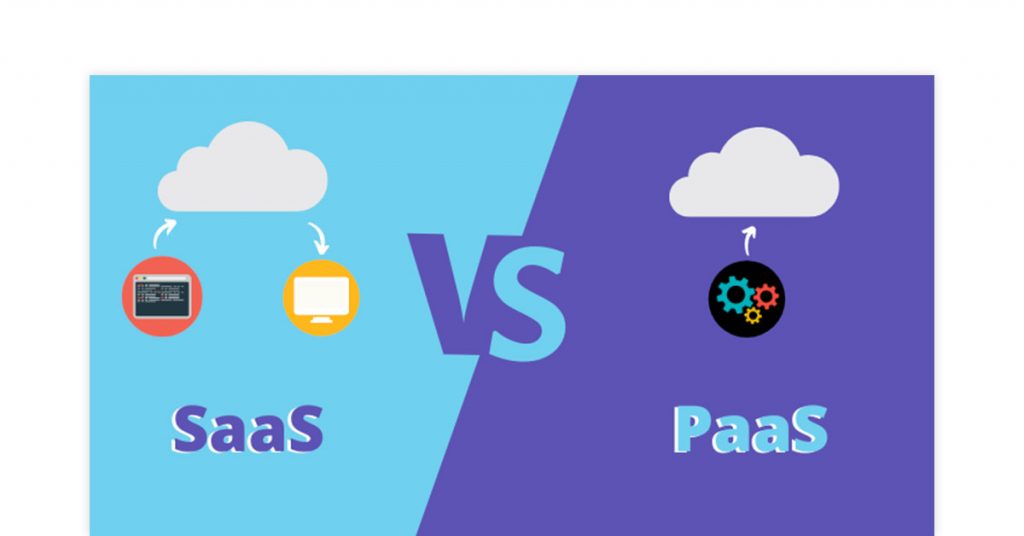
PaaS is a platform as a service model in which applications are run on the provider’s infrastructure.
SaaS is a software as a service model in which software is delivered over the internet, usually via a web browser.
PaaS and SaaS differ in how the applications are hosted, but they also have different features and benefits.
PaaS focuses more on the underlying infrastructure while SaaS allows for more control over the application’s code and how it runs.
The two models also differ in terms of pricing: while PaaS typically costs less than SaaS, some SaaS offerings can be more expensive than traditional software licenses.
What are the key PaaS vs SaaS benefits?
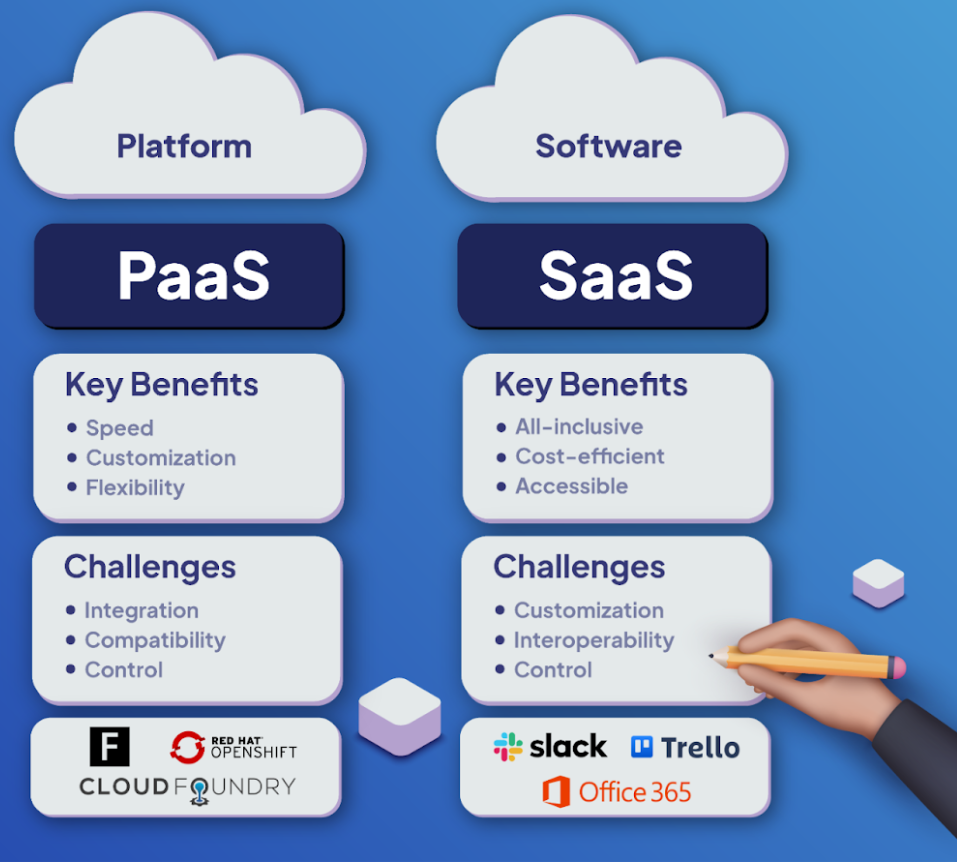
PaaS and SaaS are two important cloud-based software delivery models that offer significant benefits to organizations. Here’s a closer look at the key differences between these two delivery models:
PaaS: In a PaaS model, the provider manages the infrastructure, software applications, and application deployment. This provides agility and scale, allowing organizations to quickly launch new applications without having to invest in underlying infrastructure.
SaaS: In a SaaS model, the provider maintains the infrastructure and provides all of the capabilities needed to run applications, including software development tools, security, scalability, and availability.
This gives organizations more control over their technology investments and enables them to focus on their business goals.
How do you choose between IaaS PaaS and SaaS?
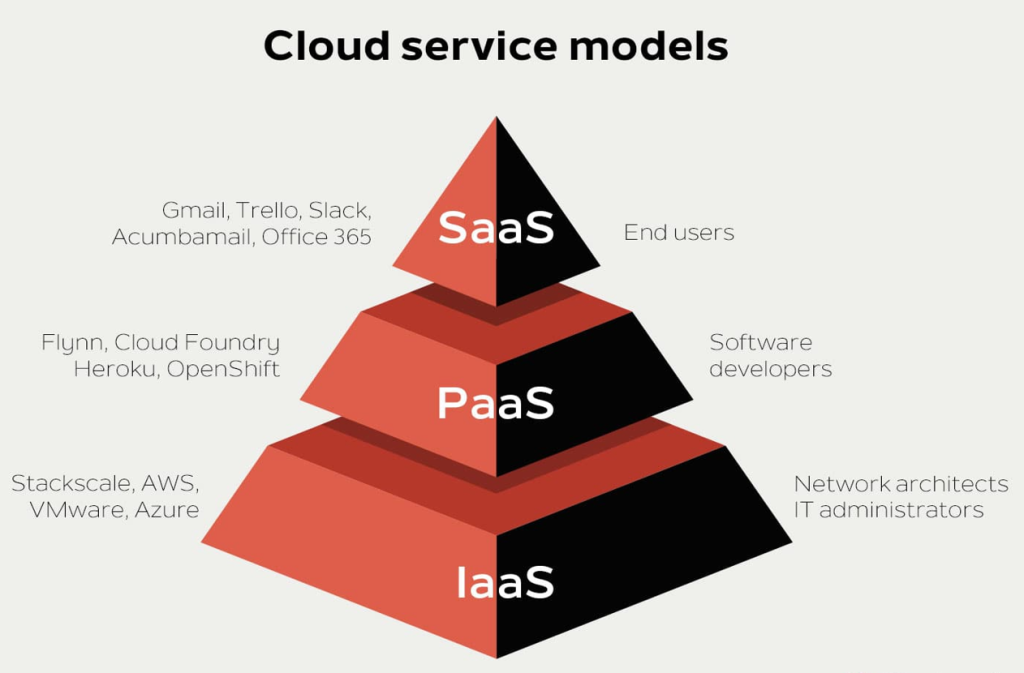
There is a lot of confusion between IaaS PaaS and SaaS, so it’s important to know the differences.
IaaS (which stands for Infrastructure as a Service) is a type of cloud computing where you access the underlying infrastructure and software resources through an online platform.
This means that you don’t have to manage or operate the infrastructure yourself. Most IaaS PaaS providers offer flexible pricing models that allow you to pay for only the resources that you use.
What are SaaS and PaaS Examples?
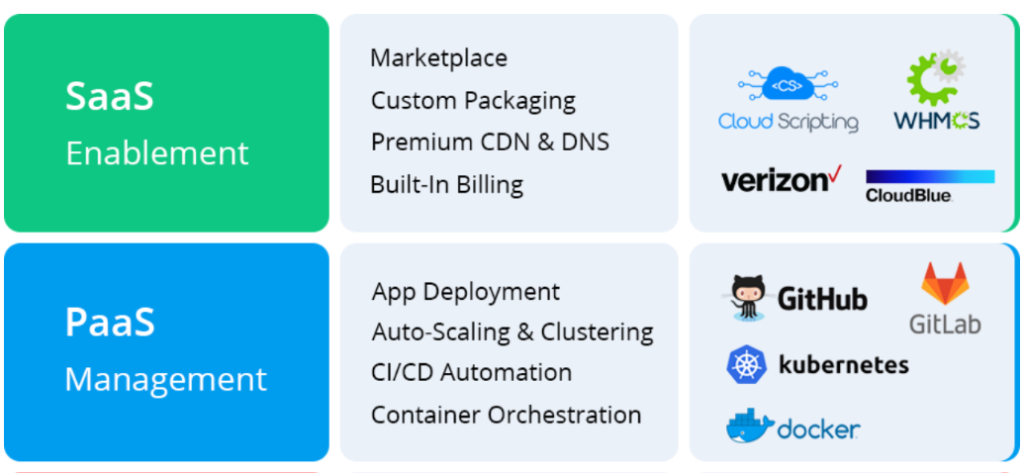
PaaS and SaaS are two different cloud-based delivery models for software applications. PaaS is a layer of software that provides the infrastructure, tools, and controls to allow developers to build, deploy, and manage their applications in the cloud.
SaaS, on the other hand, is a model in which an application is delivered as a service over the internet. This means that the responsibility for managing the application resides with the provider of the service.
Some key differences between PaaS and SaaS include:
- PaaS is a layer of software that provides the infrastructure, tools, and controls to allow developers to build, deploy, and manage their applications in the cloud.
- SaaS is a model in which an application is delivered as a service over the internet. This means that the responsibility for managing the application resides with the provider of the service.
What is the best option, SaaS or PaaS?
The answer to this question is a little bit complicated, but the short answer is that it depends on what you need.
If you need to run your own software and don’t need any help from the provider, then SaaS might be the best option for you. This type of service provides access to the underlying software infrastructure and tools, so you can run your own applications without relying on the provider.
However, if you need help from the provider to run your applications, then PaaS might be a better option for you. This type of service provides a platform on which you can build and run your applications without having to worry about the underlying infrastructure.
Plus, PaaS providers often offer additional services such as support for cloud-based deployments and billing options.
When to Use SaaS over PaaS?
PaaS is a platform as a service model that provides an infrastructure for building, deploying, and running applications.
It’s often used in organizations that don’t need to build or manage their applications themselves but need access to the applications built by others.
SaaS, on the other hand, is a software as a service model that offers the same types of features as PaaS, except that the applications are hosted by the provider.
This means that customers can access the applications from any device or location with internet access.
There are many reasons why one might choose SaaS over PaaS. For example, SaaS providers often have lower prices than PaaS providers and they offer more flexibility since customers can control how their applications are deployed and managed.
Furthermore, SaaS providers often have better customer support since they are focused on servicing their customers rather than developing their own applications.
When to Use PaaS Over SaaS?
When it comes to choosing a platform, there are a few factors to consider. One of the main distinctions between PaaS and SaaS is how the platforms are managed.
With PaaS, providers manage the underlying infrastructure and software applications themselves, while with SaaS providers lease or purchase the underlying infrastructure and software from a third party.
This means that PaaS offers more control and flexibility for users, as they can tailor the platform to their specific needs rather than relying on someone else’s infrastructure.
However, some PaaS platforms also offer features that make them ideal for larger organizations with a wide range of needs.
Is Gmail a SaaS or PaaS?
The debate over whether Gmail is a SaaS or PaaS continues to rage on, with no clear answer forthcoming.
However, given that the two terms are used somewhat interchangeably these days, we thought we’d take a closer look at what the difference is.
Conclusion
PaaS and SaaS are very similar platforms, but there is one big difference between them: PaaS is built for the cloud, while SaaS is built on top of a server. That means that PaaS can be used to build applications that run on any device or platform, while SaaS only works with the devices and platforms that it was designed to work with.

